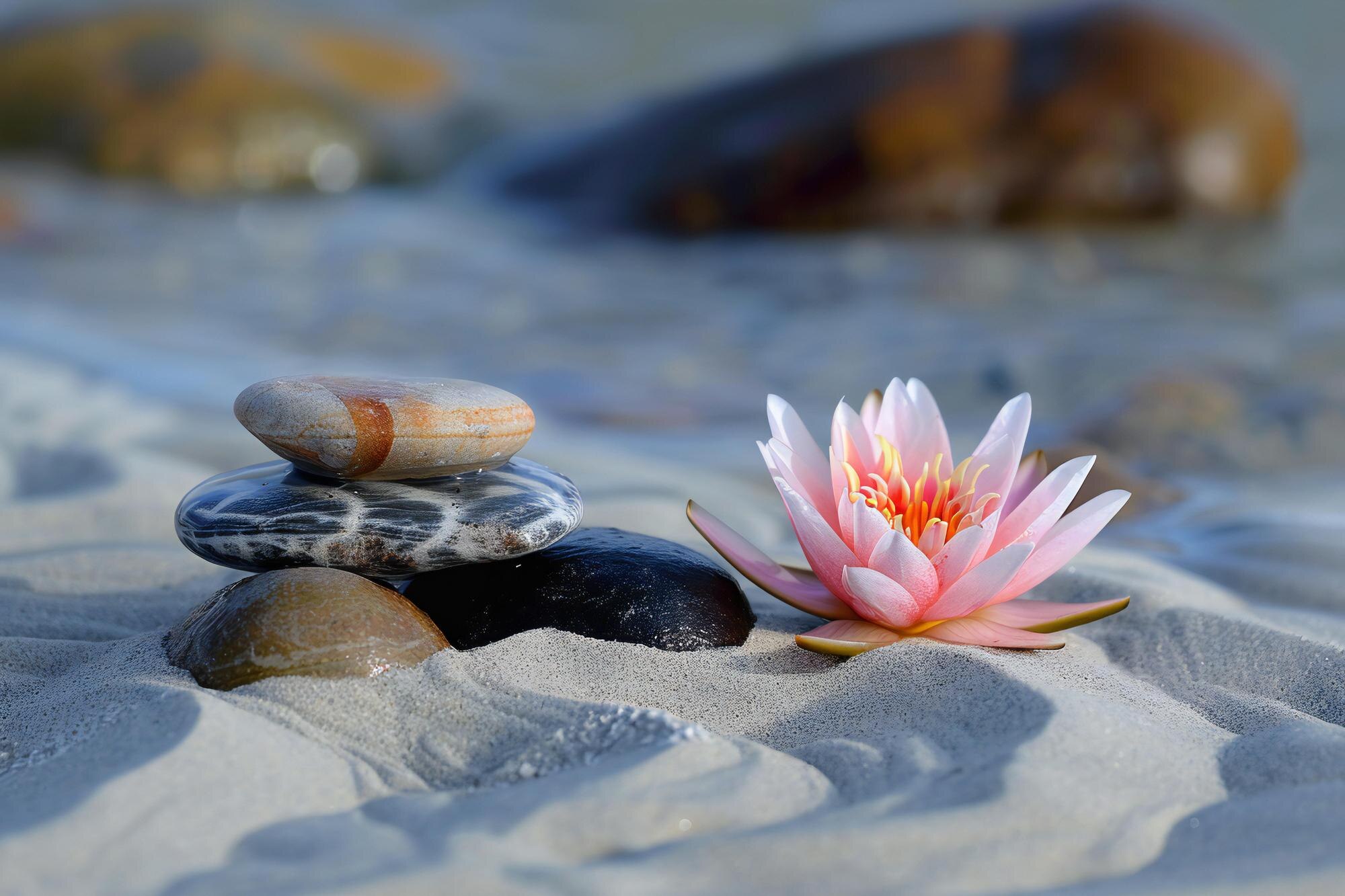
Mindfulness Practices to Ease Chemotherapy Side Effects: Finding Peace in the Storm
Mindfulness Practices to Ease Chemotherapy Side Effects: Finding Peace in the Storm
Chemotherapy side effects can feel like a storm that never lets up, shaking your body and spirit. Yet, simple mindfulness practices offer a quiet harbor where you can find calm and strength amid the chaos. In this post, you’ll learn how mind-body therapy can ease your discomfort and support your holistic cancer treatment, helping you reclaim peace during cancer recovery. Let’s explore how these gentle tools can become your daily allies. Learn more here.
Power of Mindfulness in Cancer Care

How can mindfulness serve you when cancer treatment feels overwhelming? By offering moments of calm that anchor your day. Let's look at how these techniques can support your healing.
Finding Calm Amidst The Chaos
In the whirlwind of treatment, finding peace can feel elusive. Mindfulness helps by grounding you in the present moment. This practice encourages you to focus on simple, calming activities. By taking a few minutes each day to breathe deeply or practice gentle awareness, you can reduce stress and improve your outlook. These tools become even more valuable when integrated into your daily routine.
Mind-Body Therapy Techniques
Mind-body therapy techniques like yoga and tai chi aren't just about physical movement. They're about connecting your mind and body to foster healing. Studies show these practices can lead to better sleep and mood source. By regularly engaging in these activities, you may notice a shift in your energy and emotional balance. This connection is vital for holistic cancer care, offering both mental and physical benefits.
Supporting Holistic Cancer Treatment
Mindfulness complements your medical treatment by addressing emotional and mental health. Holistic cancer treatment isn't just about treating the body; it's about nurturing the spirit too. Practicing mindfulness can help you feel more in control and less overwhelmed by the journey ahead. This comprehensive approach supports a better quality of life during recovery and beyond. With mindfulness, you're not just surviving; you're actively participating in your healing journey.
Mindfulness Practices for Chemotherapy

By now, you're likely curious about specific practices that can help during chemotherapy. Let's dive into some actionable techniques you can start today.
Breathing Exercises to Alleviate Stress
Deep breathing is a powerful tool. It can calm your nerves and reduce anxiety, making it easier to cope with treatment. Begin by finding a quiet space. Sit comfortably and inhale deeply through your nose, letting your belly expand. Hold for a count of four, then exhale slowly through your mouth. Repeat this cycle ten times. This simple practice lowers stress hormones and increases feelings of relaxation. Use it anytime you feel overwhelmed.
Guided Imagery for Pain Management
Guided imagery involves visualizing peaceful scenes to distract from pain. Imagine yourself on a beach or in a lush forest. Focus on the details: the sound of waves or the scent of pine trees. This method can divert your mind from discomfort, offering relief. Research suggests that guided imagery can even improve treatment outcomes source. You might find it helpful to use audio recordings or apps to guide your sessions.
Meditation to Enhance Emotional Resilience
Meditation boosts your emotional strength, helping you face each day with courage. Start with just five minutes. Sit quietly and focus on your breath. Let thoughts come and go without judgment. With regular practice, meditation can reduce depression and improve well-being. Remember, consistency is key. Over time, you'll likely notice a heightened sense of peace and resilience. Explore more about mindfulness and its benefits here.
Building a Supportive Environment

Creating a supportive environment is crucial to your journey. Let’s explore how your surroundings and relationships can bolster your healing.
Engaging Caregivers and Loved Ones
Involve your caregivers and loved ones in your mindfulness practices. Share what you're learning, and invite them to join you. This can strengthen your support network, making everyone feel more connected. You might find that practicing mindfulness together provides mutual benefits, enhancing the caregiving experience. When everyone participates, the journey feels less isolating and more communal.
Creating a Healing Space at Home
Your home should be your sanctuary. Create a dedicated space for mindfulness activities. It doesn't need to be elaborate—a cozy corner with a cushion and soothing scents is enough. This area becomes your retreat, a place to recharge. Keep it clutter-free and filled with items that bring you joy. A healing space at home supports your daily practice, encouraging consistency and peace.
Joining Community Support Networks 🌟
Consider joining a support group or community network. Sharing experiences with others in similar situations can be incredibly validating. These groups offer emotional support and practical advice, helping you feel less alone. Whether online or in-person, communities provide a sense of belonging and shared strength. Discover therapeutic activities and community support ideas here.
Conclusion
Mindfulness practices offer a gentle yet powerful way to manage chemotherapy side effects. By integrating these techniques into your life, you can find moments of peace amid the chaos. Engage your loved ones, create a healing space, and consider joining a community. For a personalized approach to your journey, book a consultation with us. Let's empower your healing, together.







